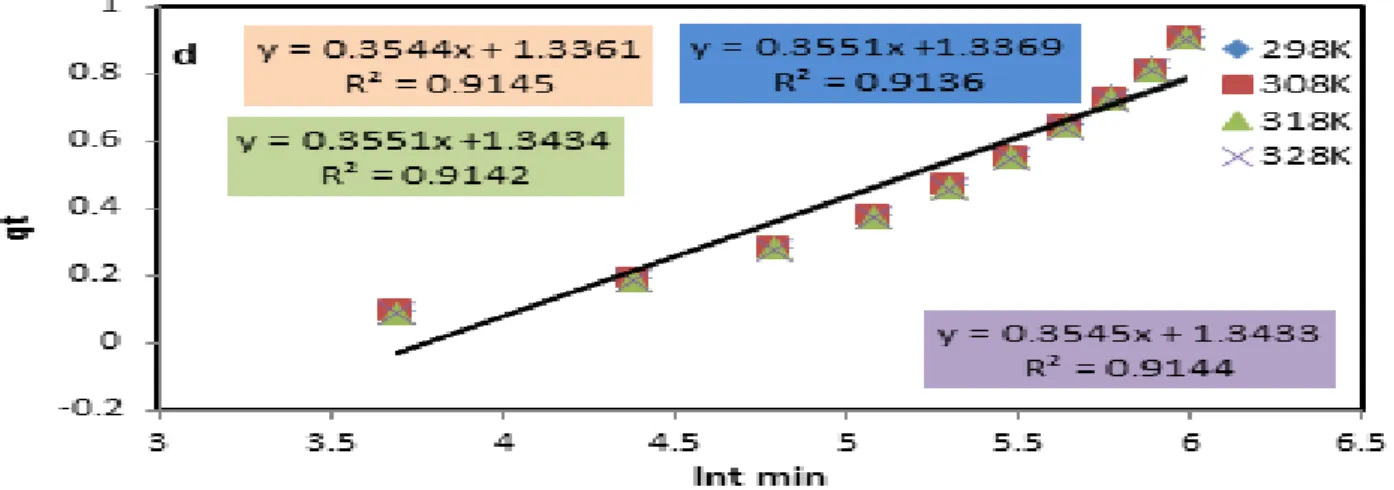Adsorption of 1- (2--Hydroxy - 4--Nitrophenyl azo)-2- Napthol Dye onto the Cement Kiln Dust (CKD)
Full text
Figure




Related documents
Studio instructors often hold critiques as a tool for students to present their work while it is in progress, in addition to when it is completed or near completion (Barrett,
The most important contributions of this paper are (i) the proposal of a concern mining approach for KDM, what may encourage other groups to start researching on
Economic impact assessments are the most commonly used form of measuring the economic benefits of cultural sector organisations, so a second case study that used this method has
of the limiting distribution of the FM-OLS estimator also forms the basis for specification testing based on augmented respectively auxiliary regressions including higher
So konnte über den Einbau eines durch Phage-Display auf primären menschlichen Nabelschnurendothelzellen (human umbilical vein endothelial cells HUVEC) isolierten
Increased nucleated red blood cell counts in small for gestational age infants with very low birth weight. Nucleated erythrocytes in healthy infants and in infants of
Two types of instruments to control the level and growth of public health expenditure are considered: (i) provider payment methods that influence the price and quantity of health
